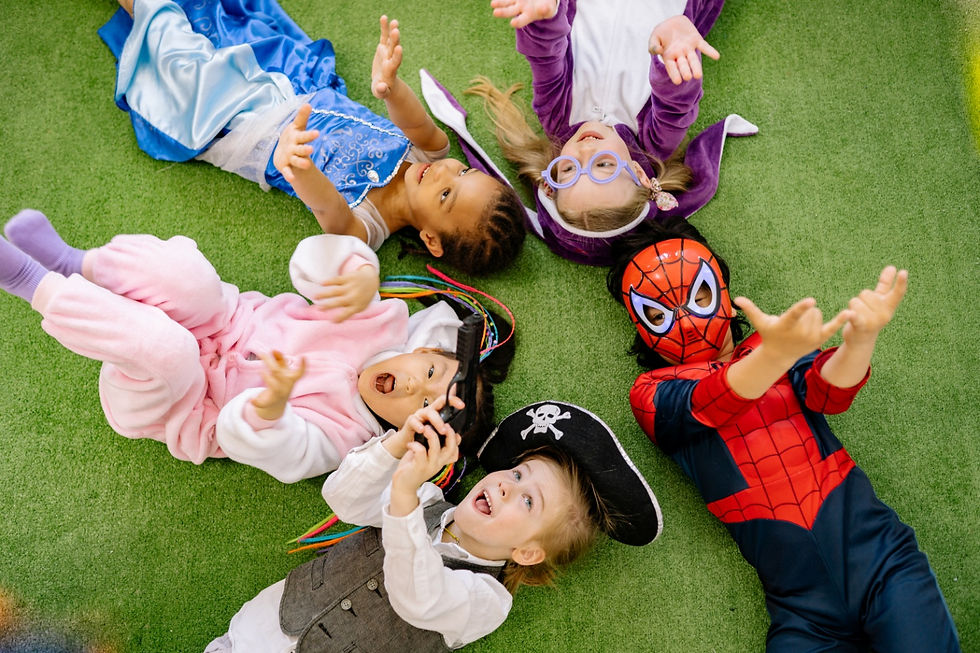Using Music as a Tool for Fostering Emotional and Linguistic Development in Children
- Standout Daycare

- Feb 19, 2023
- 3 min read

Have you ever had that feeling where you listen to a particular song and are transformed back to your teenage days? It may remind you of your first crush or that time you were always hanging out with your best friends in the backyard. Irrespective of the association you have with the song, it can trigger some strong emotions in you.
It is no secret that music has a powerful effect on the brain. Just as you start listening to a music piece, you can determine what emotions it is trying to evoke, even if you don't understand the language of the lyrics. If you do understand the language, you get to experience the song at an even deeper level. The emotion, message, and idea behind the song become even more apparent to you.
So why not use this power as a tool for fostering emotions and linguistic development in children at your daycare center? Read on to learn how you can do that.

How to Use Music as a Tool for Early Development in Children?
At the very core of it, music is a form of communication. Pick any song - literally any song you like - and you will notice that it is telling a story. It could be a story of love, heartbreak, friendship, family, trauma, tragedy, or even a party. But you can be sure that it is telling a story. This is why listening to some particular songs may remind you of a special period in your life.
But that's not all. Various studies have found that music can be a great aid for learning. This is why it may be easier for you to belt out the lyrics of that song you listened to 17 times 4 years ago but may struggle with recalling the chapter you learned last night.
All of these facts point to one thing: music is a great aid for learning. Therefore, it only makes sense to use it as a tool while teaching language to children. But how can you do that? The good news is this isn't as challenging as you may assume.
Almost as soon as they are born, infants seem to respond to rhythm and music. Whether you're singing them a lullaby to calm them down or putting them to sleep, or making weird noises to make them laugh, you're tuning them into rhythms, annotations, and speech patterns. You may not even be aware of it, but these trivial interactions are directly contributing to their early brain experience.
This means that exposing them to the right music during their formative years can contribute to their linguistic and emotional development. In addition to that, music also causes the brain to release dopamine. So not only will the music teach them something essential, but it will also inevitably calm them down and make them happier.

Ways to Implement these into Your Daycare Center
Now that you know helpful music can be in fostering emotional and linguistic development, read on to learn some ways through which you can implement this in your daycare center.
· The easiest way to implement this is to have short singing sessions in class. Have the educator or any staff member sit in front of the class and sing songs. However, make sure that any song that is sung in front of toddlers is age-appropriate with easy lyrics. Nursery rhymes are a great place to start, as they usually have simple lyrics and positive messages.
· Once the children start getting familiar with the lyrics, have them fill in the missing words in the song. For instance, start singing, "Humpty Dumpty sat on a wall..." and then wait for 10 seconds. Chances are that the kids will take the opportunity to complete the line. If not, continue doing so every now and then until they start getting proactive.
There are a lot of ways you can promote emotional and linguistic development in children, and all of them should be used accordingly. However, music is a powerful tool that often gets overlooked in class. So make sure that you don't make the same mistake and use this powerful tool in your daycare center.




Comments